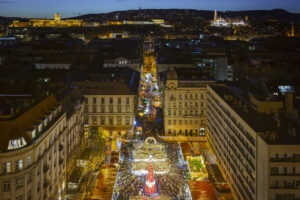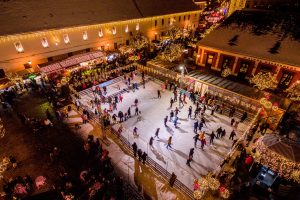From making special chairs that allow their users to detect witches to decking our homes with mistletoe and holly, the holidays are filled with traditions. Where did they come from? Find out here.
In pre-Georgian calendar, St. Lucy’s Day (13 December – which falls on a Friday, this year!) marked the winter solstice. On this day, people would start making a small chair (called Luca chair) from a range of different wood types, and on the 26th, they’d sneak it into their local church so that when they stood on it, they could spot the witch and point her out for everyone to see.
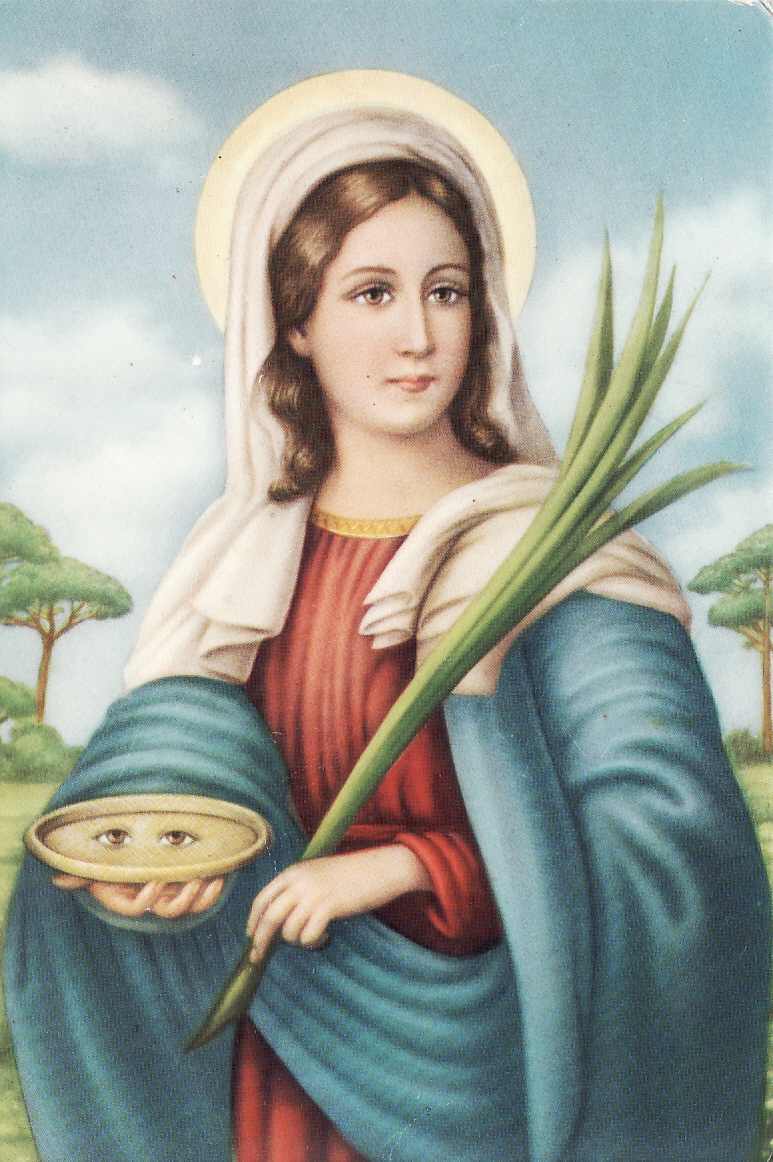
The first nativity scene was created in 1223 in Greccio, Italy, by none other than St. Francis of Assisi himself. His aim was to draw attention to the importance of worship, as opposed to gift giving. This first one was not like the nativities we have today: it was a living scene, featuring humans and animals cast in the biblical roles. Today, there is no church without a nativity scene during Christmas, and the more lavish, the better.
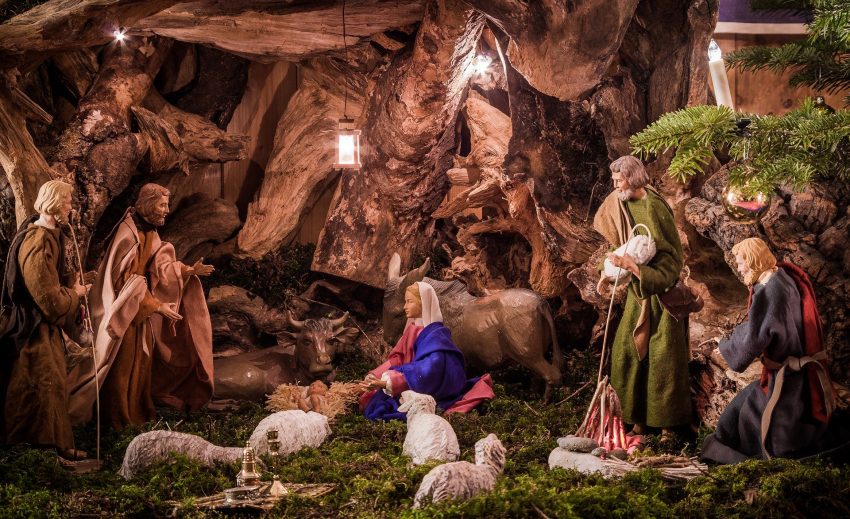
Each of the four candles on the Advent wreath (created in 1839 by a Lutheran minister in Germany) represents a different aspect of Christmas. The candle of the first Sunday symbolizes the hope of the prophets in the arrival of the Messiah, the second candle (called Bethlehem’s Candle) represents faith, the third refers to the joy the shepherds felt when they heard the news about the birth of Little Jesus, while the fourth represents peace.
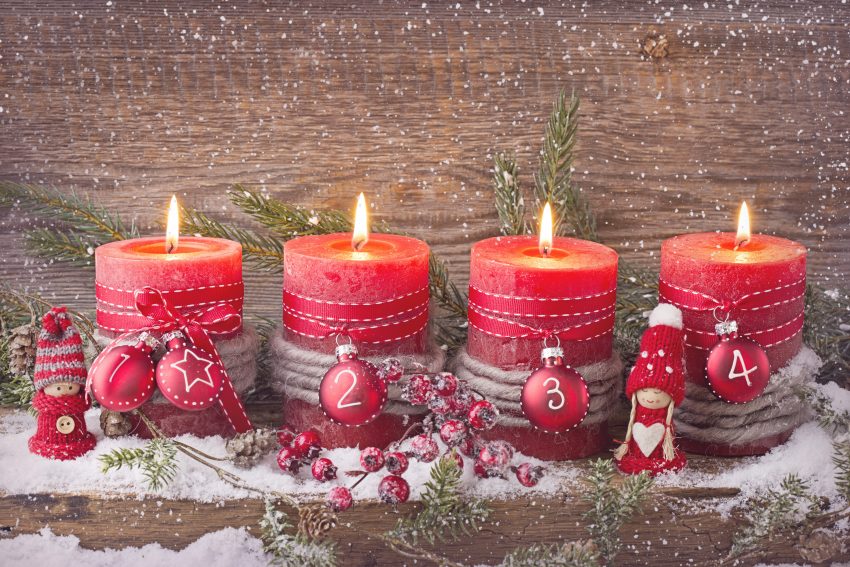
After the Christmas tree, mistletoe and holly are the most popular Yuletide plants. And believe it or not, they’re of pagan origin as well! Mistletoe was held sacred by the ancient Norse as it was used by the evil Loki to kill Balder, the son of goddess Frigg, while holly was used by the Romans during the Saturnalia festivities to honour Saturn. To avoid persecution during the festival, early Christians decked their homes with holly, and the habit stuck, while mistletoe became favoured for its supposed mystical powers against bad luck and evil spirits.

Leaving milk and cookies for Santa seems like a Hollywood invention, when in reality, it’s a tradition that dates back to pre-Christian Scandinavia. Legend has it that Odin, the Norse god of wisdom, knowledge, healing, death and poetry, had an eight-legged horse (compare it to Santa’s eight reindeers) called Sleipnir which he rode with a raven perched on each shoulder. During the Yule season, hoping that Odin would favour them with gifts in return, kids would leave treats for Sleipnir to eat.
